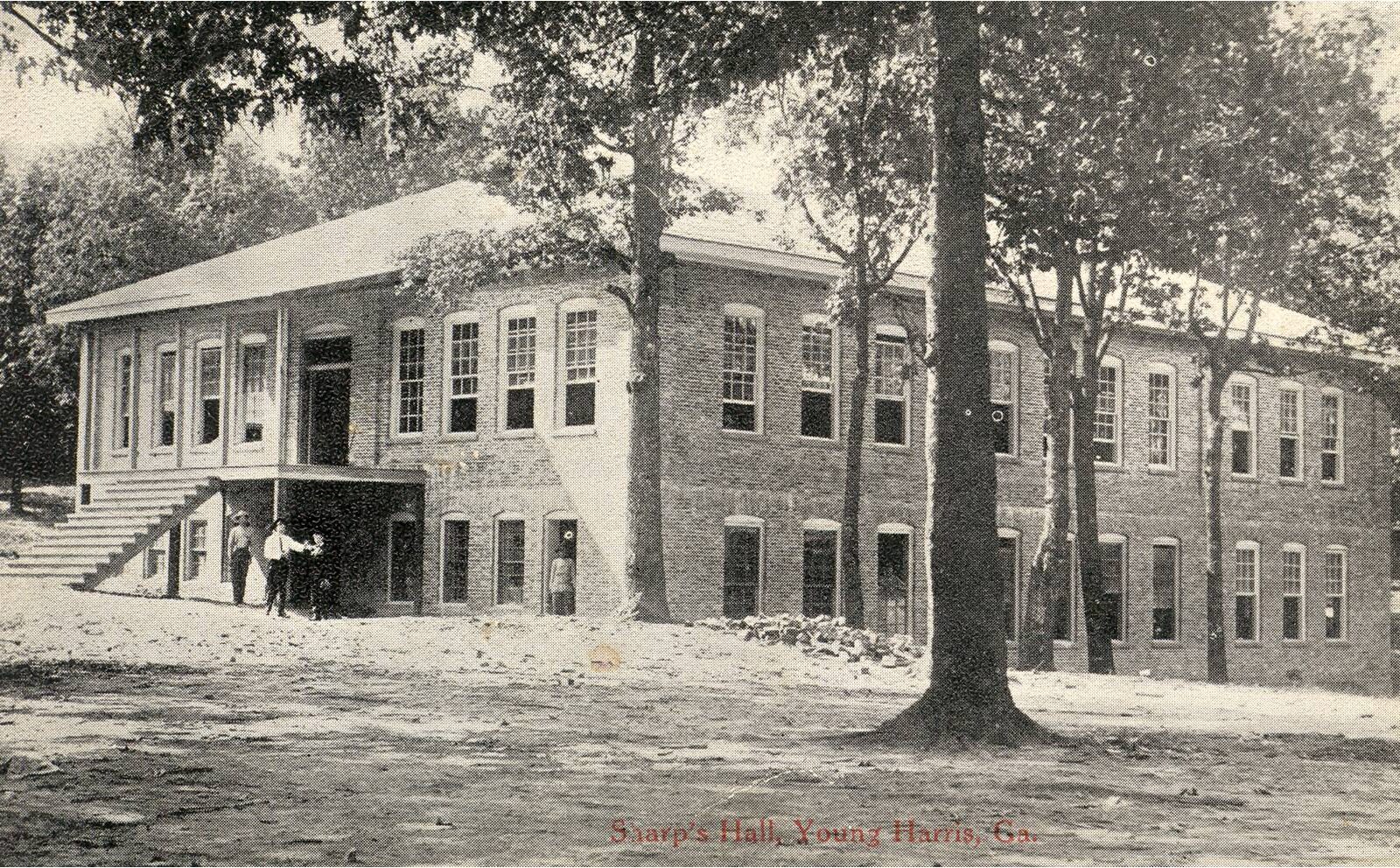
YHC history
Young Harris College has a vibrant backstory that spans nearly 140 years. Learn more about the history of YHC.
The early days as McTyeire Institute
Young Harris College started in 1886 as the McTyeire Institute. Its purpose was to provide the first and only educational opportunities to the residents of the isolated Blue Ridge Mountains.
Reverend Artemas Lester secured support for a school. He secured the services of Rev. Marcus Edwards as the first principal. Classes were held in a vacant storefront in January 1886.
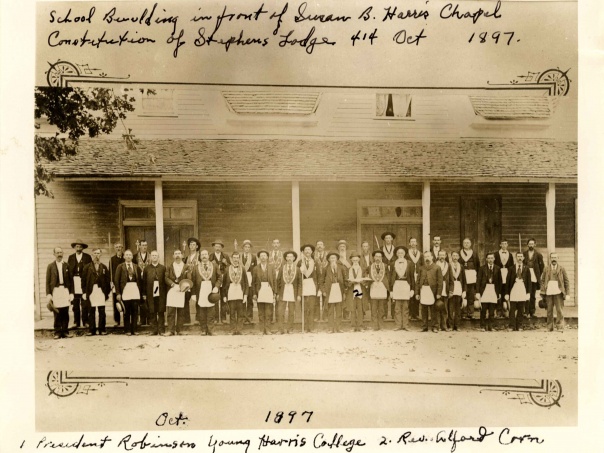
The school grew rapidly. By 1888, its Board of Trustees was granted a charter from Towns County to “procure, exact and maintain a place for Divine worship, and for school and parsonage purposes under the direction of the Methodist Episcopal Church South…”
Ten acres of land had been secured from Mrs. N. L. Robertson. Athens philanthropist Young L. G. Harris gave additional funds. By 1888 there were 11 buildings (mostly boarding houses), including:
- A classroom
- A President’s residence
- A bell tower
- A laundry
Tuition was $1 per month, with an additional 10 cents for incidental fees.
New name, new challenges
In 1888, the name changed from McTyeire Institute to Young Harris Institute to honor Judge Harris’s support of the school. By 1891, the name of the school officially changed to Young L. G. Harris College.
The school was perpetually in debt, and its benefactor—Judge Harris—died in 1894. He had made a generous provision for the school in his will, but his family went to court to contest it. The litigation held up the money for several years.
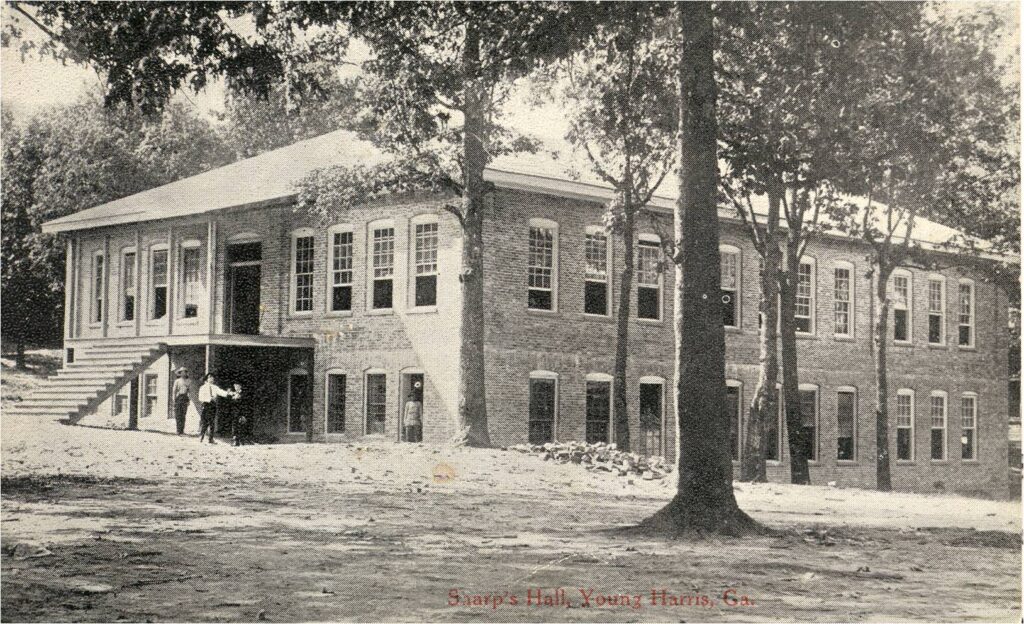
By 1897, the litigation over Young L. G. Harris’s will was resolved by the Georgia Supreme Court. The College received $16,000 from his estate. M.J. Cofer, Chairman of the Board of Trustees, is quoted as saying “on the whole, we consider the outlook for the College is promising of great good.”
Changing times, changing needs
During its time as a junior college, Young Harris College started and dropped many academic programs. The first Summer School program was designed to serve local public school teachers. As a result, many local teachers received diplomas in education beyond the provisional certification level.
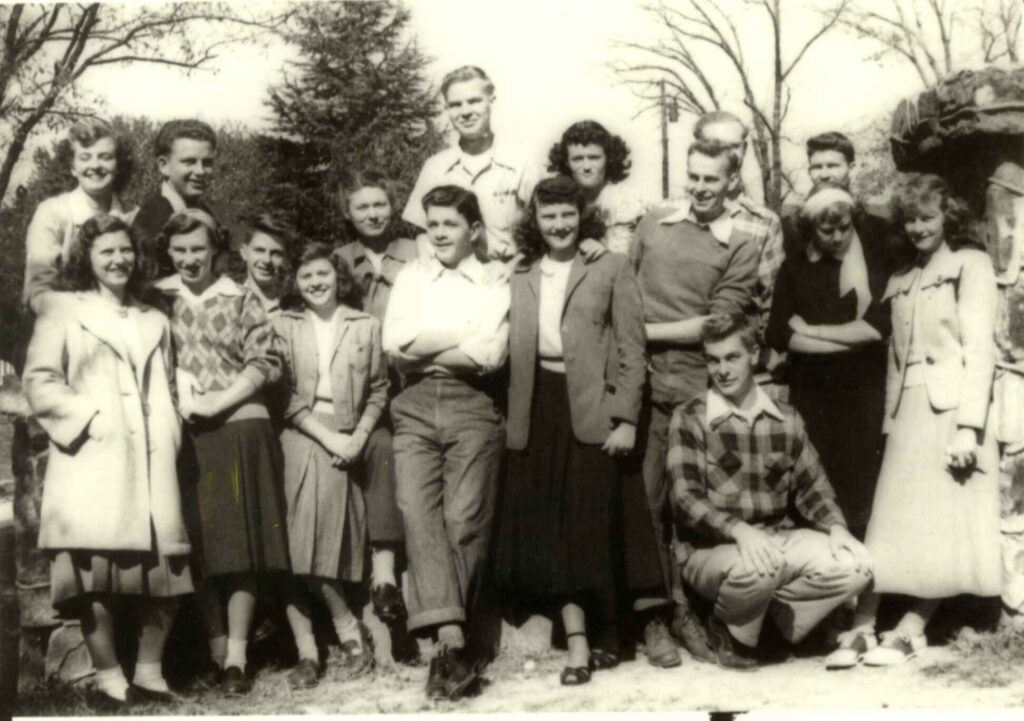
In 1941, the College offered both a terminal two-year college diploma and a college prep diploma. During the World War II years and beyond, the College offered ROTC programs. There was a home economics program, agriculture classes and summer courses in forestry management. All of these programs were replaced by others as students’ needs changed.
A new era, an expanding institution
In April 2007, the Board of Trustees charged incoming president Cathy Cox to grow the College to four-year status. This commitment spurred an era of growth, innovation and the building of facilities to meet the needs of an expanding institution.
In December 2008, Young Harris College received accreditation as a baccalaureate-granting institution. The first junior class of the modern era was enrolled in Fall 2009. The first four majors were biology, business and public policy, English and music.
Since that time, the College has grown to offer more than 25 baccalaureate degree programs across disciplines and added a Master of Arts in Teaching program in 2019.
While the story of Young Harris College is full of times both good and bad, these are just a few highlights to help orient people to the evolving and changing nature of what is now, and will continue to be, YHC.
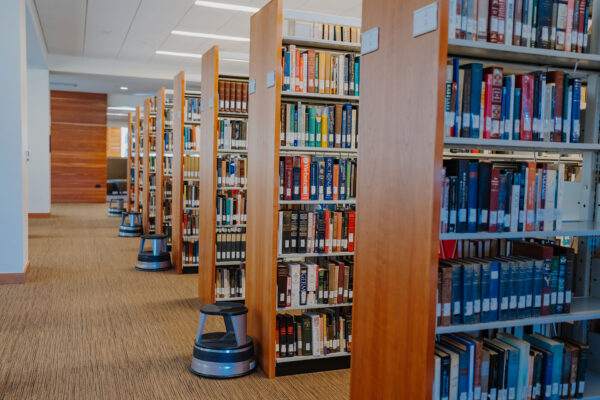
YHC history sources
- Board of Trustee Minutes
- Young Harris College Catalogs
- SACS Self-Study, 1961
- Young Harris College Yearbooks – Enotah, Arbutus, Excelsior
- A History of Young L. G. Harris College by Joseph Milton Brogdon
- History of Young L. G. Harris College by T. J. Lance
All resources are located in Special Collections, Zell & Shirley Miller Library, Young Harris College.
Learn more about YHC
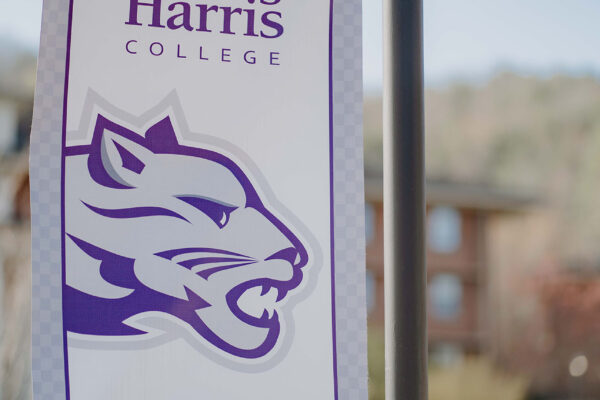
Quick facts
Get to know Young Harris College by the numbers.
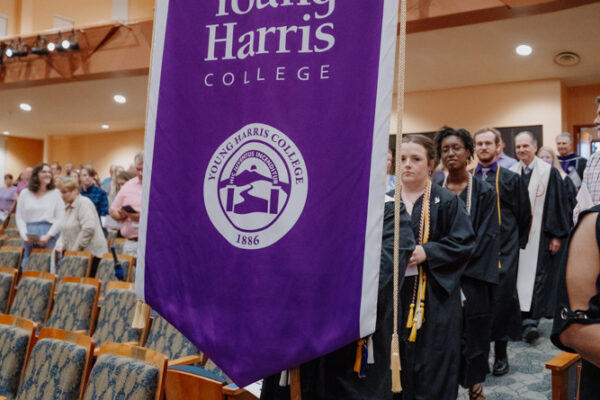
College emblems
See the YHC emblems
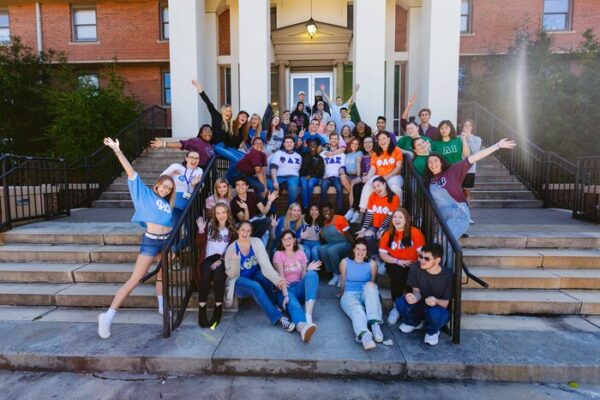
Campus news
See what’s happening on and around campus.

